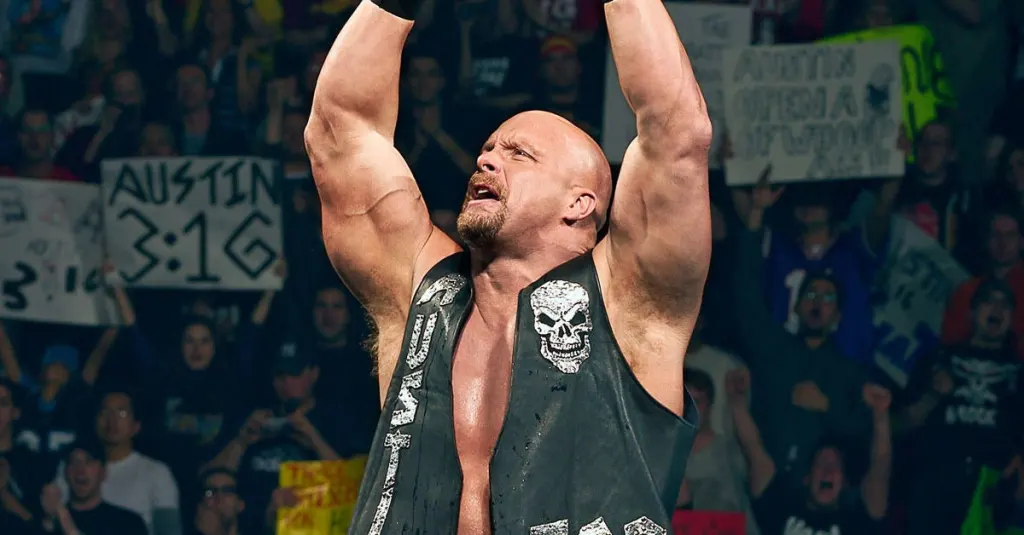The journey to success in WWE is never a straight line. Many of the biggest names in the industry started out with gimmicks that were flat-out failures. But these missteps didn’t stop them from becoming some of the most iconic superstars in professional wrestling history. What’s truly remarkable is how these wrestlers managed to transform their careers by reinventing themselves. This highlights the stories of WWE superstars who initially struggled with poorly received gimmicks but later achieved immense success after they were given the opportunity to evolve.
1. The Rock: From Rocky Maivia to The People’s Champion
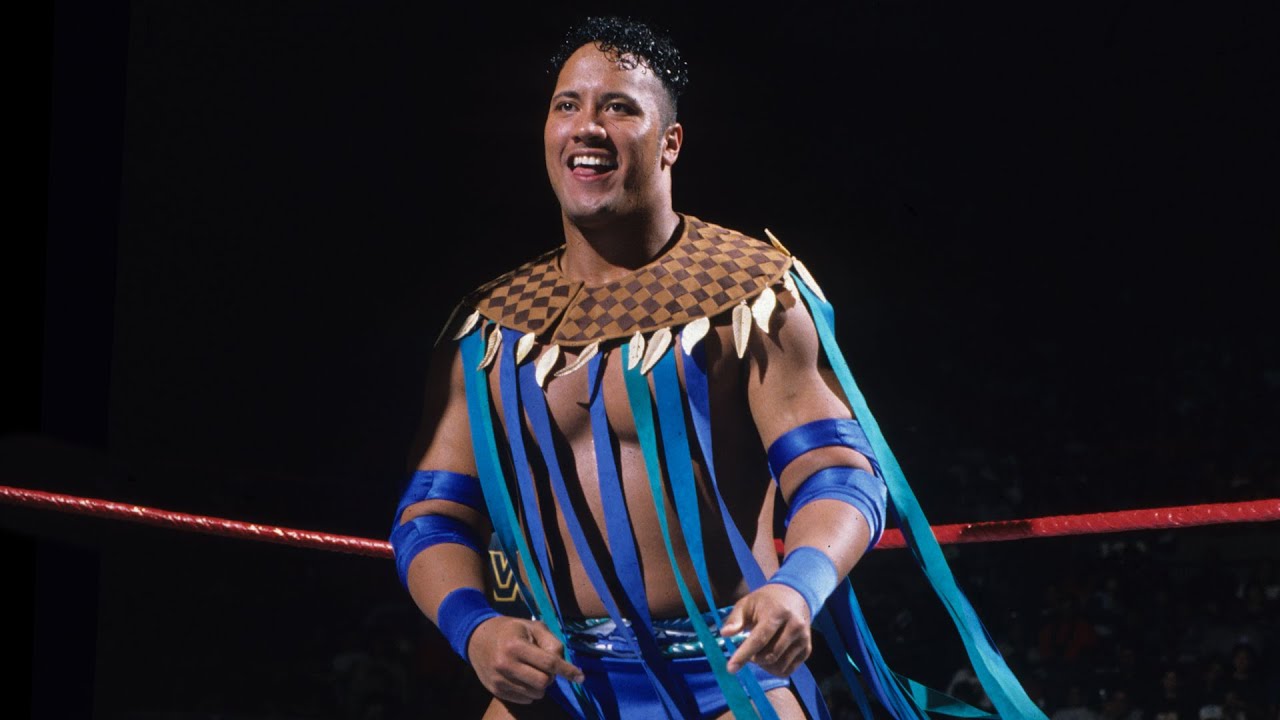
One of the most famous stories of a failed gimmick turning into massive success is that of Dwayne “The Rock” Johnson. When he first debuted in WWE in 1996, he was introduced as “Rocky Maivia,” a smiling, goody-two-shoes babyface character, heavily inspired by his real-life father and grandfather, both of whom were Hall of Fame wrestlers. However, this gimmick was widely criticized as boring and too predictable.
Despite his wrestling talent, fans didn’t warm up to the overly clean-cut persona of Rocky Maivia. The character felt forced and disconnected from the reality of what audiences were looking for in their stars. In response to fan backlash, The Rock adopted a more charismatic and cocky attitude, shedding the “Rocky” part of his name and embracing his true personality. He became “The Rock,” and his mic skills, combined with his in-ring talent, quickly turned him into one of the most charismatic and beloved figures in WWE history. His catchphrases, combined with his unmatched confidence, helped him connect with fans in a way Rocky Maivia never could. The Rock’s failure as “Rocky Maivia” was a key turning point in his rise to legendary status.
2. Kane: From Fake Diesel to The Big Red Machine
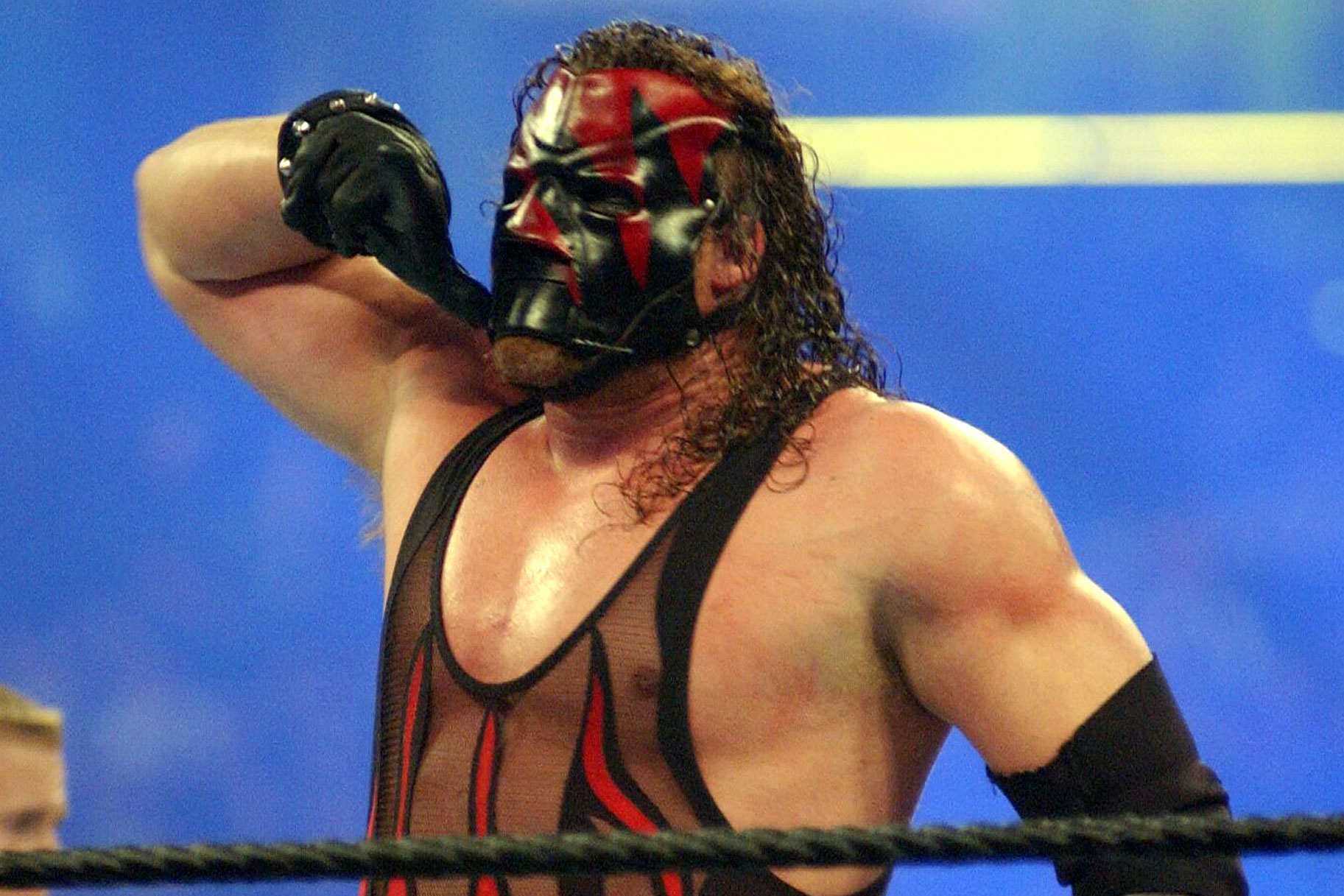
Kane’s early years in WWE were marked by one of the most infamous and failed gimmicks of the 1990s. Before he became the iconic “Big Red Machine,” Kane was introduced as a character named “Fake Diesel.” This character was a blatant attempt to cash in on the popularity of Diesel (Kevin Nash) during his time in WWE, following Nash’s departure for WCW. WWE placed another wrestler, Glen Jacobs, in a wig and tights resembling Diesel’s, but it simply did not work.
The “Fake Diesel” gimmick was poorly received by fans, and Jacobs, though talented, struggled to make an impact under this identity. Fortunately, WWE saw the potential in Jacobs and reimagined his character completely. In 1997, he was introduced as Kane, the long-lost brother of The Undertaker, and the persona was a complete game-changer. Dressed in all-red attire, with a menacing mask, Kane quickly became one of WWE’s most memorable characters, known for his intense persona and dominance in the ring. The decision to abandon the “Fake Diesel” gimmick was essential to his success, and he became a fixture in WWE for years to come.
3. John Cena: From Prototype to The Doctor of Thuganomics
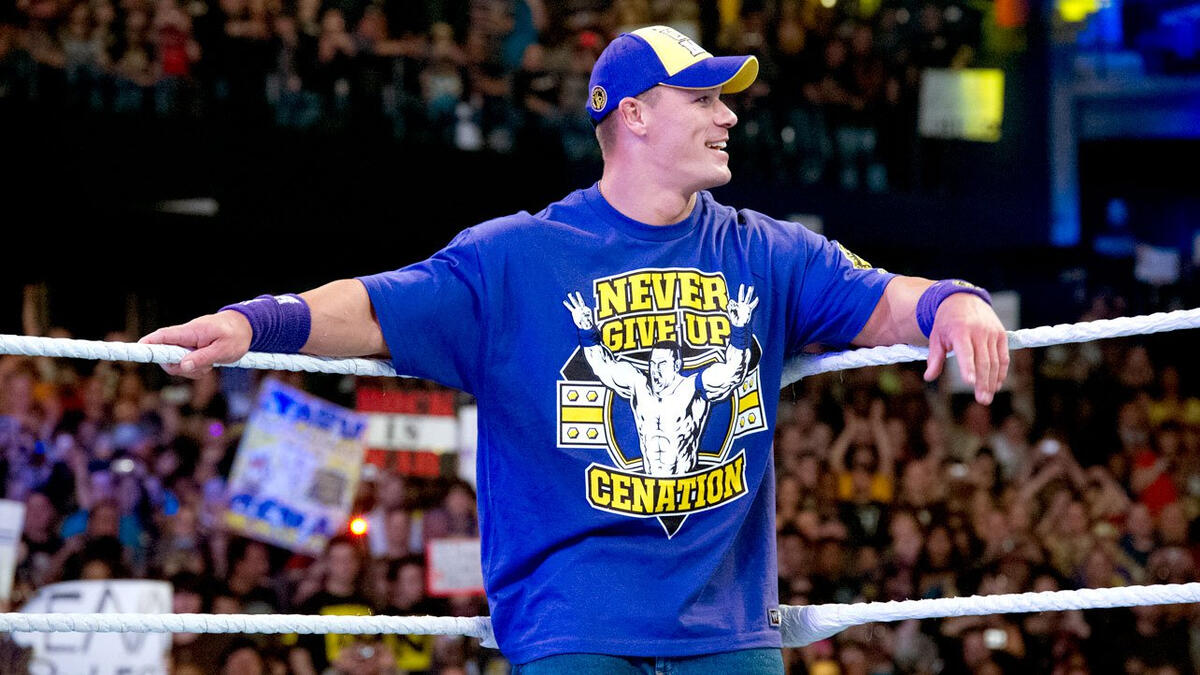
When John Cena debuted in WWE in 2002, he was introduced as “The Prototype,” a bland, future-hero character that didn’t quite fit the company’s usual mold of stars. Cena’s initial gimmick didn’t stand out from the crowd, and it failed to generate much interest from the WWE Universe. He was portrayed as a clean-cut, robotic character who was supposed to be the perfect, future superstar of WWE, but his persona felt disconnected from the audience’s interests at the time.
However, Cena’s true breakthrough came when he reinvented himself as “The Doctor of Thuganomics.” Adopting a more urban, rebellious persona, Cena began rapping, trash-talking opponents, and showing more of his real-life personality. This shift made him relatable to fans and gave him an edge that was much more in tune with the evolving of professional wrestling. His freestyle rap battles, along with his new “Never Give Up” slogan, earned him a loyal fanbase that only grew over time. Cena’s transition from “The Prototype” to “The Doctor of Thuganomics” was a huge turning point in his career, establishing him as one of the top stars in WWE for over a decade.
4. Stone Cold Steve Austin: From The Ringmaster to The Texas Rattlesnake
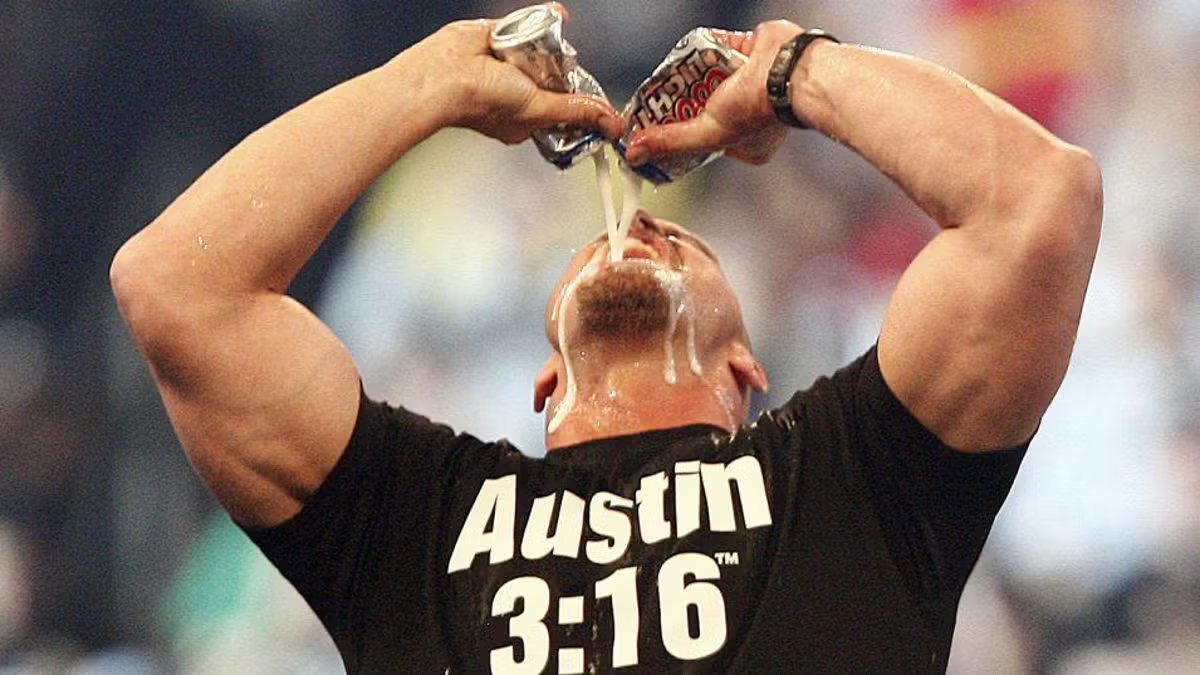
Stone Cold Steve Austin’s rise to superstardom in WWE is another story of a failed gimmick leading to massive success. In 1995, Austin debuted as “The Ringmaster,” a character that was supposed to be a cold, calculating technician under the guidance of Ted DiBiase. The Ringmaster had little personality, and the gimmick didn’t resonate with the audience. Although Austin was skilled in the ring, the character was forgettable, and it quickly became clear that something needed to change for Austin to truly connect with fans.
Austin’s transformation began when he adopted a rebellious attitude, throwing away the fancy robes and gold, and embracing the persona of “Stone Cold” Steve Austin. He began talking trash, swearing on the mic, and using his middle finger as a symbol of defiance. His feuds, particularly with Vince McMahon, helped cement his place as one of the biggest antiheroes in wrestling history. Austin’s “Stone Cold” persona resonated deeply with fans, especially during the Monday Night Wars between WWE and WCW. He became the face of the “Attitude Era” and one of the most popular WWE superstars of all time. The “Ringmaster” gimmick, while brief and largely unsuccessful, paved the way for Austin’s iconic transformation into “Stone Cold,” a career-defining move that helped him become a household name.
Final Thoughts
These superstars demonstrate that failure doesn’t have to be the end of the road in WWE. In fact, some of the most memorable characters in WWE history had humble beginnings with gimmicks that didn’t work out. It took the courage to reinvent themselves and embrace new personas that were more aligned with their true characters, leading them to achieve success and become legends. From The Rock’s transformation to “The People’s Champion” to Austin’s rise as “Stone Cold,” these examples highlight the power of resilience and adaptability in the wrestling industry. These WWE superstars didn’t let their initial failures define them—they used them as stepping stones toward becoming some of the most famous figures in entertainment history.

